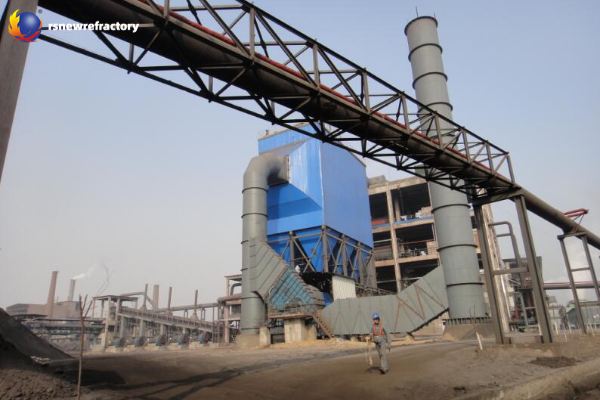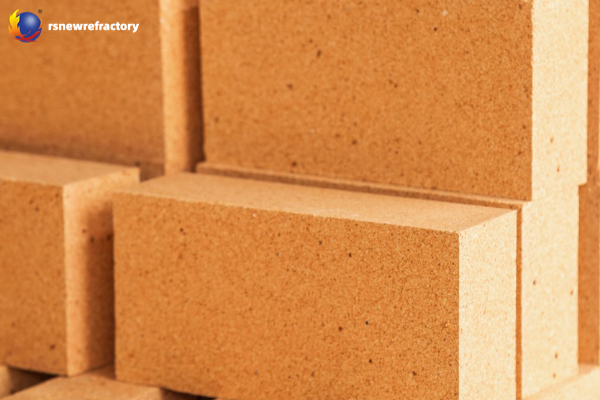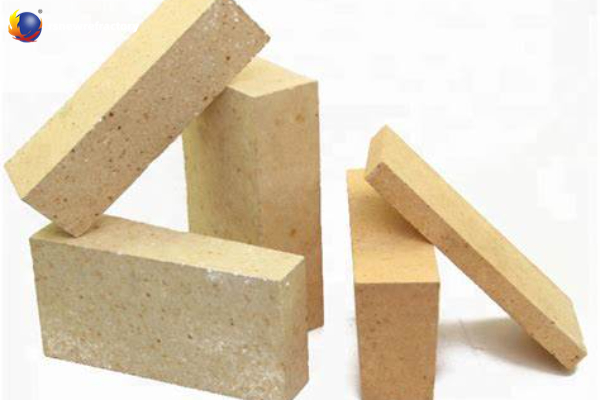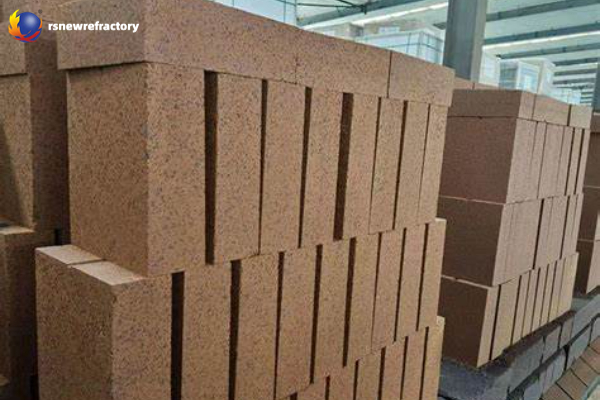수직 용광로 안감 및 내화성 재료 소개
라임 샤프트 용광로는 Quicklime을 생산하는 데 사용되는 고온 장비입니다 (CaO). 석회는 석회암을 연소하여 얻습니다 (카코) 야금에 널리 사용됩니다, 화학 산업, 건축 자재, environmental protection and other industries. Due to its continuous operation, material movement from top to bottom, and high thermal energy utilization, lime shaft furnace plays an important role in modern industry.
During the operation of the lime shaft furnace, the internal temperature can reach 900℃~1200℃, and the furnace lining is affected by high temperature, 화학적 침식, mechanical wear, 등. for a long time. 그러므로, choosing the right refractory material is crucial to extend the life of the furnace lining and improve production efficiency.

The structure of the lime shaft furnace
The straight lime shaft furnace is divided into three zones from top to bottom: 예열 구역, calcining zone and cooling zone. According to the different functions of each zone, refractory materials of different materials and properties should be selected to obtain the best economic benefits.
Selection of refractory materials for the preheating zone of vertical furnace

In the preheating zone, the furnace lining is mainly subjected to the impact and wear of limestone and the damage of high temperature caused by the upward movement of the calcining zone. The selection of refractory materials in this section mainly considers that the refractory bricks should have high bulk density and a certain load softening temperature and thermal shock stability. 일반적으로, dense clay bricks with good wear resistance are selected.
Selection of refractory materials for the calcining belt

In the calcining zone, the furnace wall is mainly subjected to high temperature, wear of descending materials and scouring of ascending high-pressure airflow. 그러므로, the selection of this section of the furnace lining should mainly consider the refractoriness and high load softening temperature. 게다가, since this section is the main decomposition area of CaC03, the chemical erosion caused by the contact of the selected refractory bricks with lime at high temperature and the embrittlement of the structure caused by the mechanical stress and thermal cracking of the lining bricks during operation require that the lining bricks of this zone should have strong resistance to chemical erosion and structural density. 그러므로, neutral or alkaline dense refractory bricks are generally selected. 현재, the domestic main refractory bricks are high-density clay bricks, 고알루미나 벽돌, 마그네시아 벽돌, 마그네시아 크롬 벽돌, and magnesia spinel bricks.

 Rongsheng 내화물 공장
Rongsheng 내화물 공장
위챗
위챗으로 QR코드 스캔